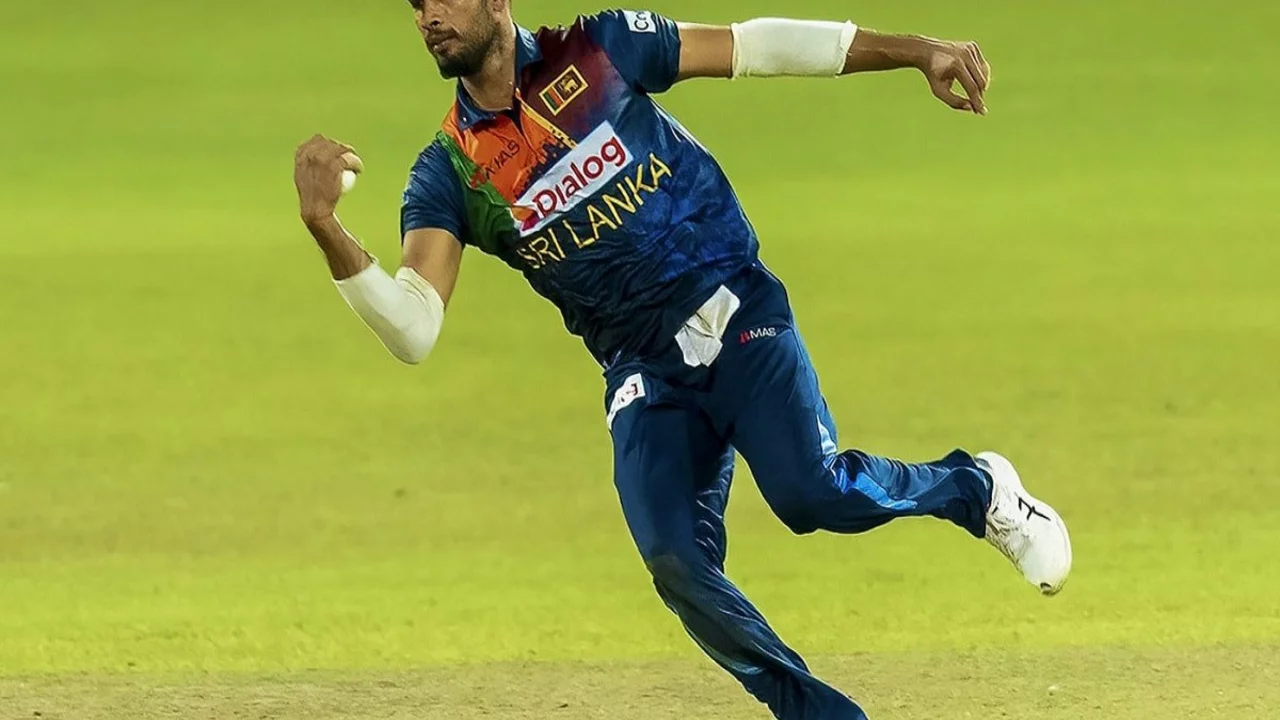Cricket History: A Deep Dive into the Game’s Past and Its Impact
When exploring cricket history, the chronological record of how cricket evolved from village greens to a global sport. Also known as the evolution of cricket, it reveals how rules, cultures, and competitions have shaped today’s game. The story also weaves in cricket scoring, the system of runs, wickets and overs that determines a match’s outcome, the cricket ground dimensions, the variable field sizes that affect strategy and player performance, and the rise of the Indian cricket team, a powerhouse that transformed the sport’s global appeal. Understanding these pieces helps you see why cricket remains a living tapestry of tradition and innovation.
From Insect Chirps to International Spectacle
The word “cricket” first described the night‑time insect in Old English “cricce”. That cricket etymology, the linguistic journey from a bug to a bat-and-ball game shows how language shaped perception. By the 16th century, the term migrated to the sport because the bat resembled a shepherd’s “cricket” staff. This naming twist reminds us that the game’s roots are as much cultural as they are athletic, and it set the stage for the first recorded matches on English commons.
Early matches used a rudimentary scoring method: runs were tallied by the number of times the ball crossed a line, and wickets were counted simply as outs. As cricket spread to the colonies, local adaptations birthed new rules, leading to the complex scoring system we see today—singles, doubles, fours, sixes, and even extras like wides and no‑balls. The evolution of cricket scoring, from basic tallies to detailed scorecards reflects the sport’s push for fairness and excitement. Modern fans can now follow live data feeds, calculate strike rates, and analyze player efficiency with a click, a far cry from the chalk‑filled ledgers of the 1700s.
While scores got sophisticated, the playing field remained a variable canvas. The International Cricket Council (ICC) defines a permissible range: 137‑150 meters long and 64‑82 meters wide. These cricket ground dimensions, the size limits that ensure consistency yet allow local flavor influence batting strategies, bowlers’ lengths, and field placements. A smaller ground often yields more boundaries, encouraging aggressive play, whereas a larger outfield rewards patience and precise shot selection. This flexibility lets historic venues like Lord’s retain their charm while new stadiums in the subcontinent push the envelope with floodlights and expansive boundaries.
Fast forward to the 21st century, and the Indian cricket team, the nation’s flagship side that has won multiple World Cups exemplifies how cricket history fuels present success. A surge of young talent, the commercial power of the IPL, and a massive fan base turned India into a cricketing superpower. Their triumphs, from the 1983 World Cup under Kapil Dev to the recent T20 World Cup wins, illustrate how historical momentum, strategic investment, and cultural passion intertwine. Watching India’s rise offers a living case study of how a nation can rewrite its cricket narrative within a few decades.
All these threads—origin stories, scoring evolution, ground design, and team dynamics—come together in the articles below. You'll find deep dives into quirky scoring quirks, detailed looks at ground size impacts, explorations of the sport’s naming journey, and analyses of how modern leagues shape the game’s future. Dive in to see how each piece of cricket history informs the matches you love today.
